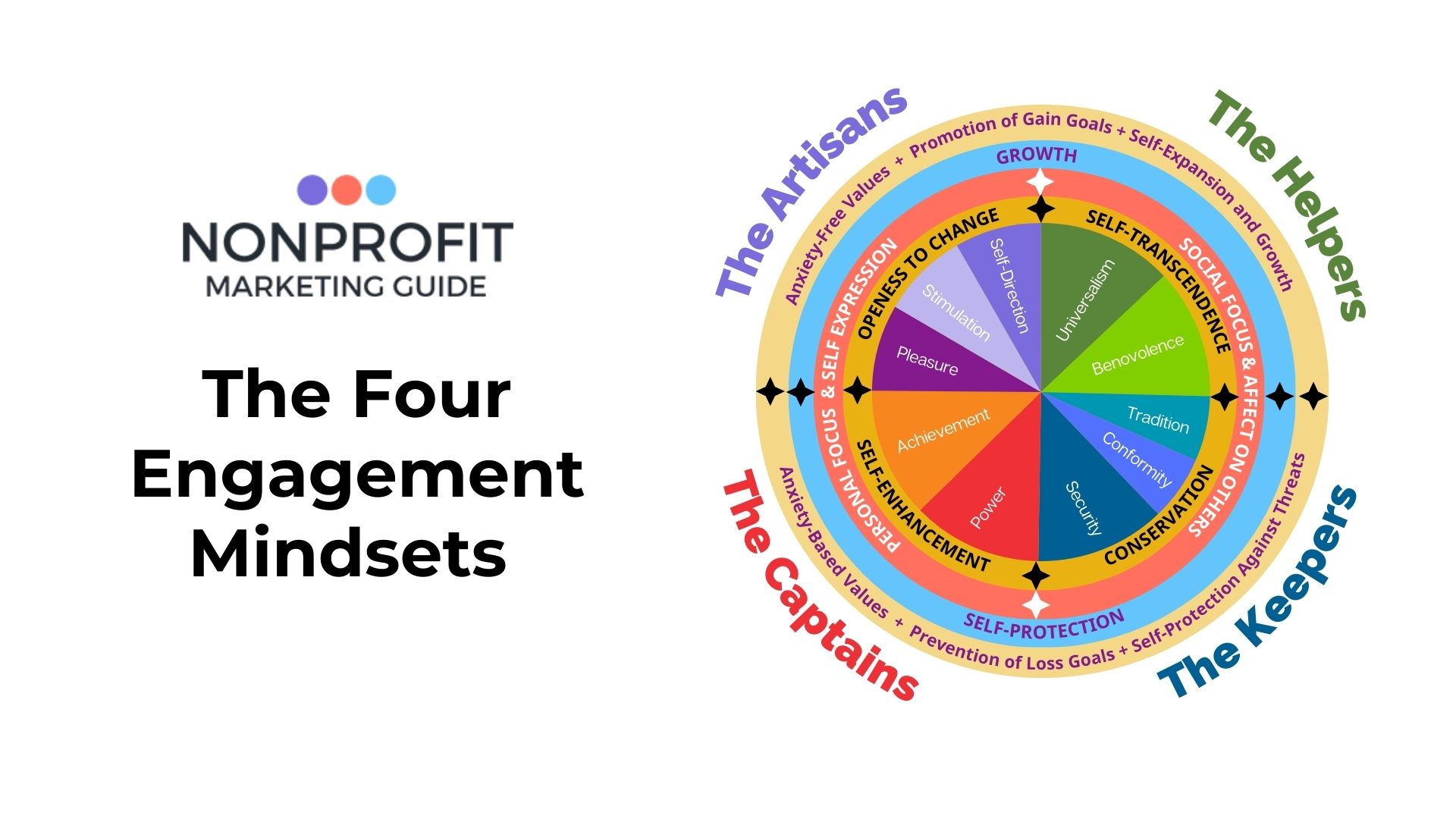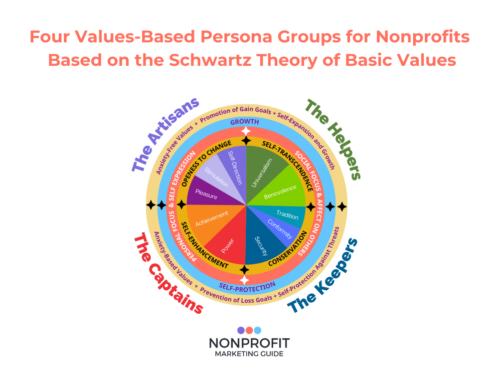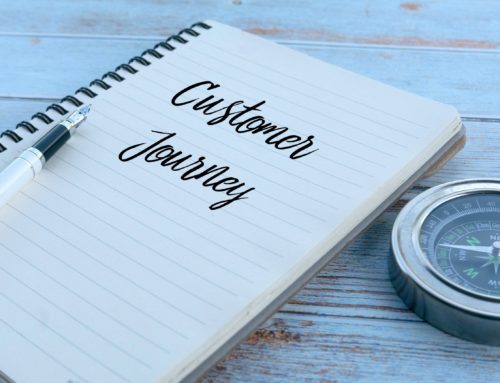
For years, nonprofits have relied on traditional audience personas to shape their marketing and fundraising efforts. These personas—often based on broad demographics like age, income, or giving history—can be useful, but they fail to capture the deeper motivations behind why people engage with a cause. Journeys and empathy maps can help, but often they don’t give you enough guidance on messaging either.
That’s where Nonprofit Marketing Guide’s Engagement Mindsets come in. Instead of focusing on surface-level traits, this framework helps your nonprofit craft values-driven messaging that resonates deeply with your supporters.
Why Traditional Personas Fall Short for Nonprofits
Many nonprofit marketers create personas like:
- “Millennial Donor” – A 30-something professional who gives monthly.
- “Community Volunteer” – A retiree who enjoys helping local organizations.
- “Social Justice Advocate” – A younger, cause-driven supporter active on social media.
While these descriptions provide some insights, they don’t explain what actually motivates engagement. Two people who fit the same demographic profile may engage for completely different reasons.
For example, a 35-year-old monthly donor could be motivated by preserving stability (Keeper) or leading social change (Captain). Messaging that works for one won’t necessarily work for the other.
Instead of relying on demographics alone, shift your audience strategy toward values-based engagement.
What Are Nonprofit Engagement Mindsets?
The Engagement Mindsets framework we’ve created at Nonprofit Markting Guide (NPMG) is based on Schwartz’s Theory of Basic Human Values, which identifies key motivators that drive decision-making. We’ve taken all we know from Schwartz’s research and simplified into four mindsets you can create content for.
- Helpers are all about compassion, community, and making a difference. They prefer emotional appeals and impact stories.
- Keepers prefer stability, trust, and protecting what matters. Legacy-focused, tradition-based messaging works for them.
- Captains love content about leadership, influence, and achievement. They respond to no-nonsense direct calls to action and measurable impact.
- Artisans respond to messaging that embodies creativity, exploration, and innovation. Visual storytelling and bold, unique campaigns excite them.
Unlike static personas, Engagement Mindsets help nonprofits create dynamic, audience-centered messaging that speaks directly to the emotions and values that drive action.
How to Use Engagement Mindsets to Improve Your Nonprofit Messaging
Shifting from personas to mindsets can help you avoid generic messaging and create more powerful, action-driven content.
Take these three steps to get started.
1. Speak to One Mindset per Message
One of the biggest mistakes nonprofits make is trying to appeal to multiple motivations at once. For example:
❌ “Protect our traditions by embracing radical change!” (Conflicting Keeper & Artisan messaging)
✅ “Preserve what matters—help protect this cause for future generations.” (Clear Keeper messaging)
Review recent communications and ensure each message speaks to a single mindset.
2. Tailor Calls to Action Based on Mindset
Different mindsets respond to different types of calls to action.
- Helpers: “Join our community—help change lives today.”
- Keepers: “Ensure long-term stability—become a legacy donor.”
- Captains: “Lead the movement—take action now.”
- Artisans: “Be part of something bold—support innovation.”
Adjust the calls to action (CTAs) on donation pages, emails, and social media to better match the values of each audience segment.
3. Match Content Formats to Mindsets
Different mindsets also engage with different types of content:
- Captains & Keepers → Data-driven reports, case studies, policy updates
- Helpers & Artisans → Visual storytelling, behind-the-scenes videos, personal testimonials
Diversifying content formats can help you engage your relevant mindsets in addition to tweaking your messaging.
Conclusion: The Future of Nonprofit Audience Engagement
Traditional personas, empathy maps, and journeys are starting points, but Engagement Mindsets offer a deeper, more effective way to connect with your audience. By shifting to a values-driven strategy, nonprofits can craft stronger, more resonant messaging that inspires action.
📌 Next Steps:
Take our quiz to help decide which engagement mindset you should use!





